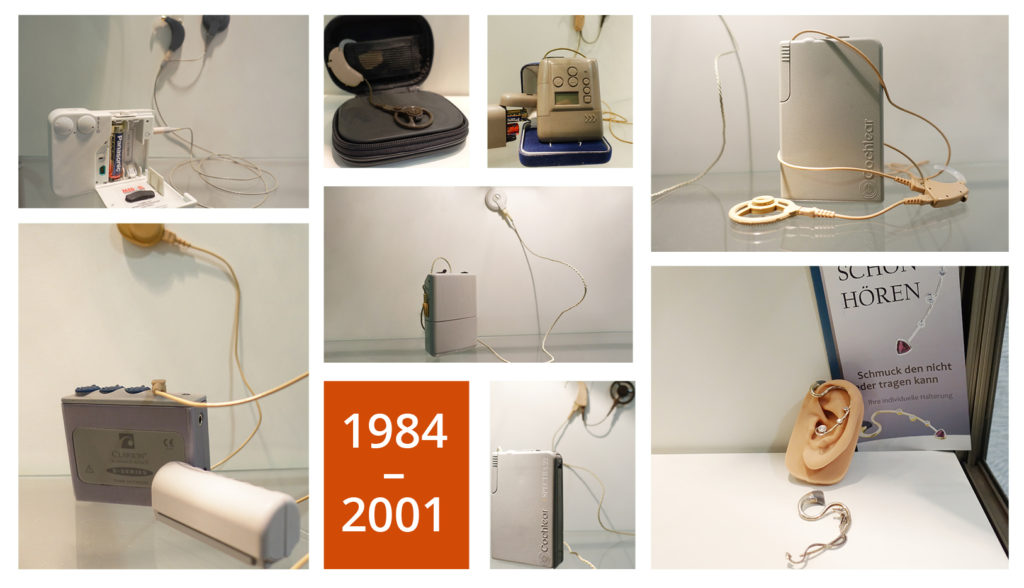History of CI
Historical overview – development and dissemination of the cochlear implant
The first attempts to electrically stimulate the hearing organ go further back in history than is generally assumed.
Alessandro Giuseppe Antonio Anastasio Graf von Volta (1745-1827), an Italian physicist, performed electrical stimulation testing on his own auditory canal as far back as 1790. He compared the sound that occurred in his head with the sound of boiling water.
The first electrode implantation was carried out by Djourno (French physicist) and Eyries (French Otologist) in 1957. They implanted electrodes in the auditory nerve of a completely deaf patient.
Both single-channel and – due to the unsatisfactory results – multi-channel electrode systems were implanted from 1968 in America and a few years later in Australia.
The first implantations in Europe were performed from the early 70s in France (1973), Vienna (1975), Düren (Germany) (1979), Hanover (1984) and Berlin (Charite) (1985).
By the year 1984, 400 adults, most of whom became deaf later in life, had received a CI in Australia, America and Europe.
Worldwide, around 600-700 people had been treated with an ‘inner ear prosthesis’ by 1987.
Today, according to the European Association of Cochlear Implant Users (EURO-CIU), over 150,000 hearing-impaired people have been fitted with a CI. Worldwide it is almost 400,000. 40% of those are children.
Around 40,000 people with CI currently live in Germany. Every year this number increases by 3000.
Source: Ola S, Zichner S (1996): Psychosoziale Probleme bei der Rehabilitation von Spätertaubten nach Cochlear Implantation -Ausgewählte kommunikative Aspekte und Fragen der Selbsthilfe –
(Psychosocial problems in the rehabilitation of late-deafened people following cochlear implantation -selected communicative aspects and questions of self-help), Diplomarbeit, Berlin 1996, 52, www.schnecke-online.de


